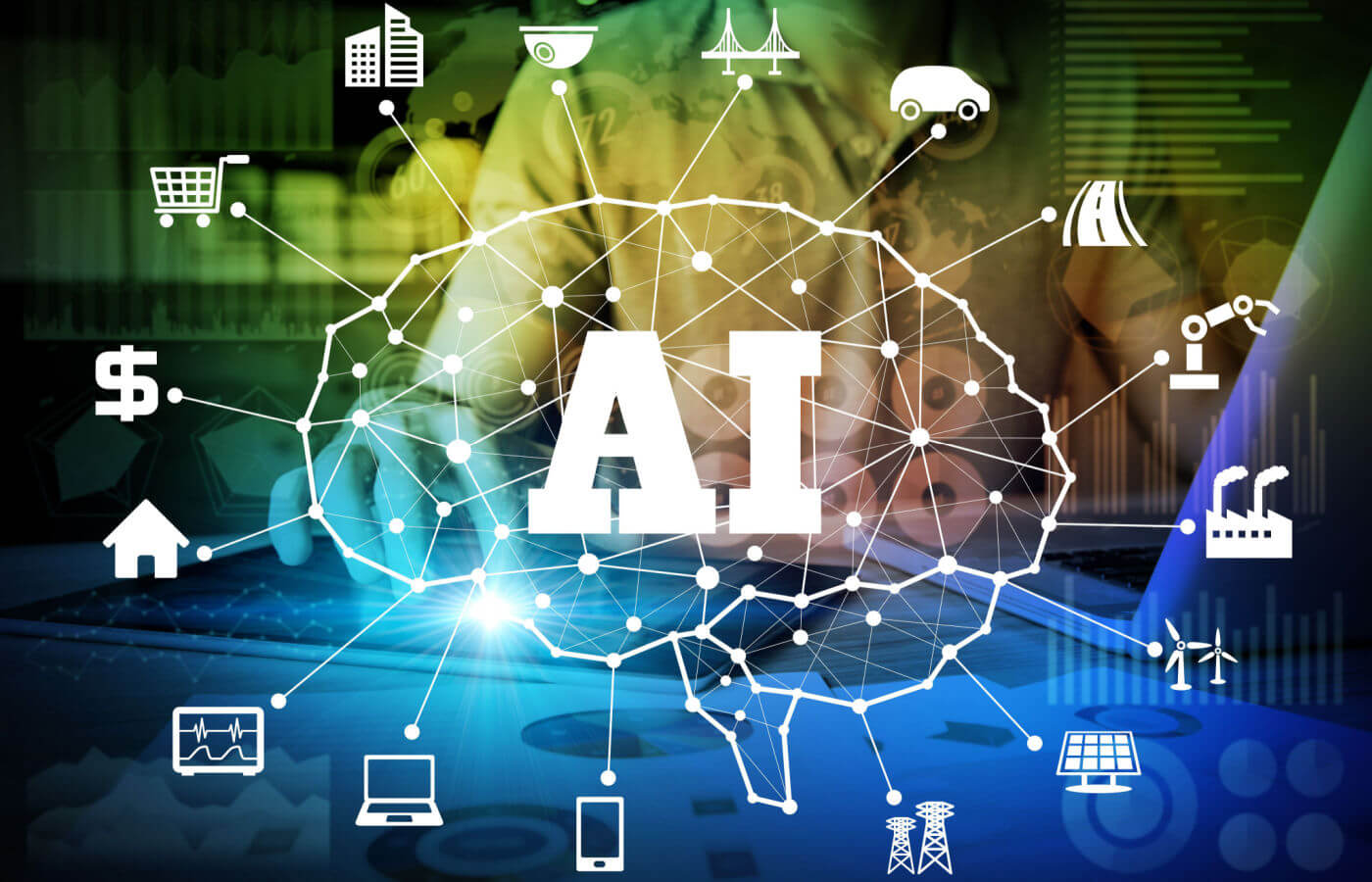Calculating the Actual Carbon Footprint of Chatbots

Understanding the Carbon Footprint of Chatbots
In recent times, chatbots have become an integral part of our digital landscape, offering immediate assistance and enhancing user experiences. While the advantages of these AI-driven tools are evident, it is essential to evaluate their environmental impact, particularly their carbon footprint.
What Are Chatbots?
Chatbots are automated programs designed to engage with users via text or voice interactions. They use artificial intelligence to respond to queries, guide customers, and perform a variety of tasks ranging from simple inquiries to complex problem-solving. Many businesses employ chatbots to improve customer service, streamline operations, and gather valuable data.
Types of Chatbots
There are two main types of chatbots:
Rule-Based Chatbots: These operate on predefined scripts and respond based on specific commands.
- AI-Powered Chatbots: These utilize machine learning and natural language processing to understand and interact more naturally, allowing for more complex conversations.
The Carbon Footprint of Chatbots
While chatbots streamline tasks and increase efficiency, they also require significant computational power. The process of training and deploying these AI models is energy-intensive, leading to a noteworthy carbon footprint. Here are some ways that chatbots contribute to carbon emissions:
Energy Consumption during Training
Training AI models that power chatbots demands substantial computational resources. High-performance servers running complex algorithms require a large amount of electricity, which can result in high greenhouse gas emissions, depending on the source of the energy.
Server Infrastructure
Chatbots rely on extensive server infrastructure to operate. Data centers consume vast amounts of energy to power and cool the hardware. If these data centers are powered by fossil fuels, the carbon footprint increases significantly.
Usage Patterns and Peak Demand
The usage of chatbots can vary significantly, with peaks during specific times (such as customer service hours). This variability can lead to inefficient energy use as data centers may need to scale their operations to meet fluctuating demand.
Factors Influencing Carbon Emissions from Chatbots
Several factors can influence the environmental impact of chatbots.
1. Energy Source
The type of energy powering data centers plays a crucial role in determining the carbon footprint. Renewable sources like wind or solar drastically reduce emissions compared to coal or gas.
2. Model Complexity
More complex AI models typically consume more resources and, therefore, energy. Simplifying models or using more efficient algorithms can help lower energy consumption.
3. Optimization Techniques
Implementing optimization techniques in software design can significantly reduce energy needs. Techniques like reducing the number of computations required for specific tasks can directly impact carbon emissions.
Strategies for Reducing Chatbot Carbon Footprint
Organizations looking to minimize the carbon footprint of their chatbots can consider various strategies:
Transition to Renewable Energy
Switching to data centers that utilize renewable energy for their operations significantly lowers the overall carbon emissions associated with chatbot usage.
Regular Performance Audits
Conducting regular audits of chatbot efficiency and server usage can identify areas for optimization. Companies can reduce unnecessary energy consumption through informed adjustments.
Use Efficient Models
Utilizing more efficient AI models or simplifying the processes that chatbots perform can reduce resource consumption without sacrificing performance.
Encourage Low-Traffic Hours Usage
To optimize server load, chatbots can be designed to handle tasks during off-peak hours, distributing energy demand more evenly and reducing the overall carbon footprint.
The Future of Chatbots and Environmental Responsibility
As the reliance on chatbots continues to grow across various sectors, a focus on sustainability will be crucial. The tech community is beginning to address the environmental impact of these technologies, and innovations aimed at reducing energy consumption and emissions are becoming increasingly important in the development of AI systems. By prioritizing energy-efficient practices and utilizing sustainable resources, industries can enjoy the benefits of chatbots while minimizing their environmental impact.





